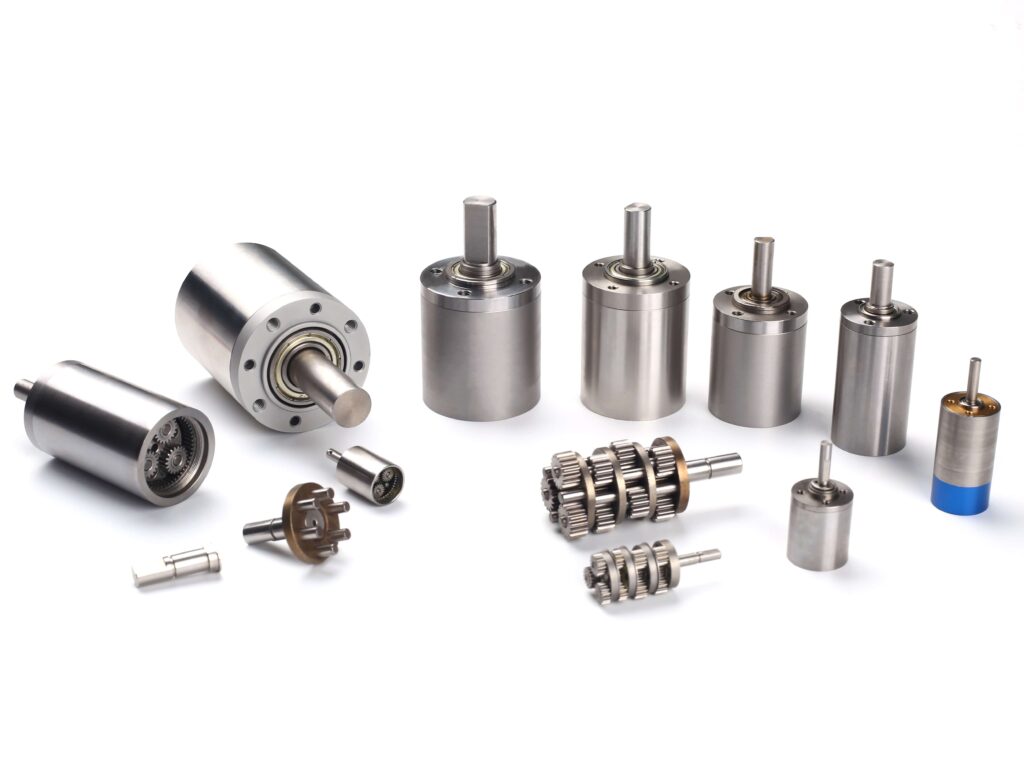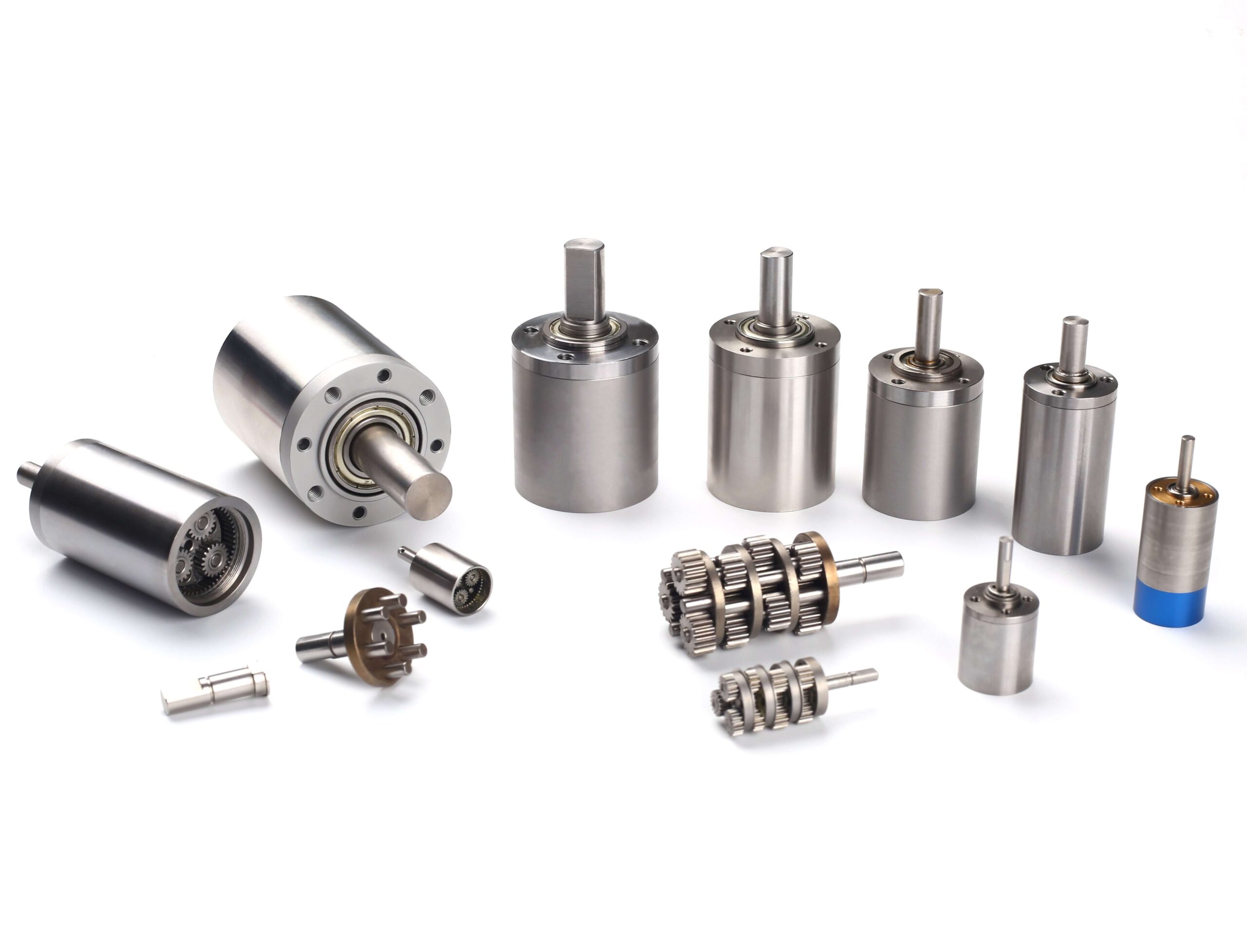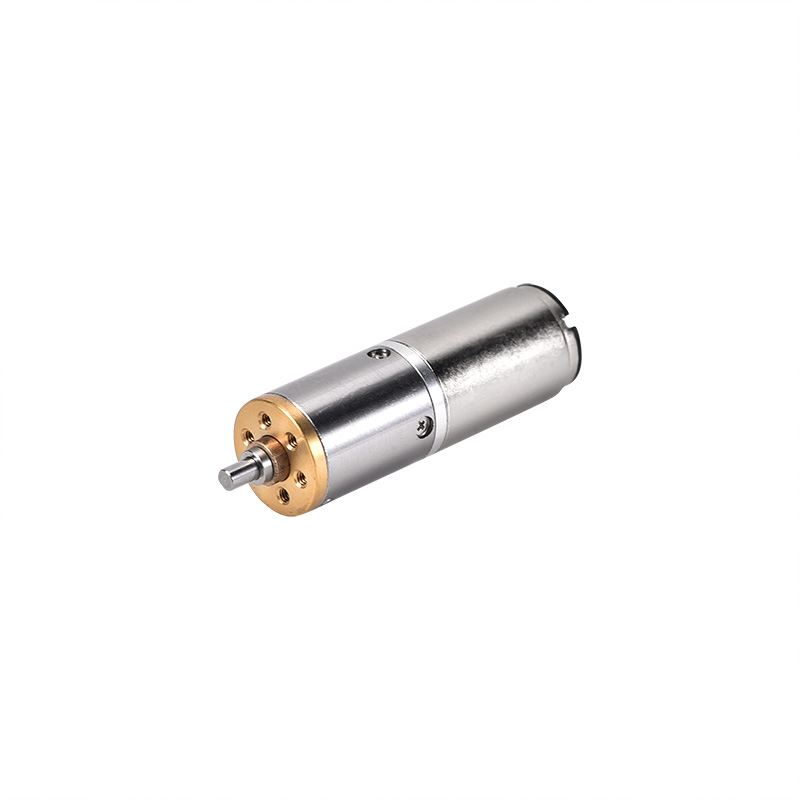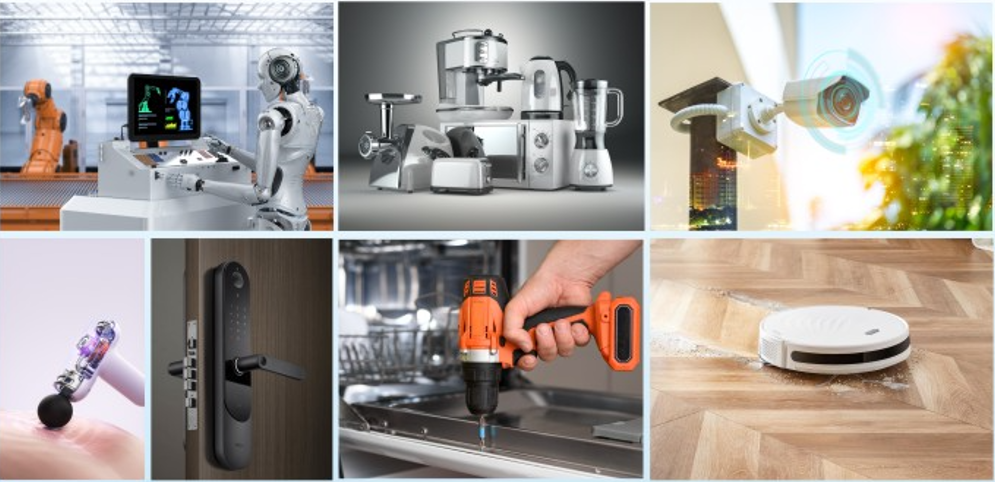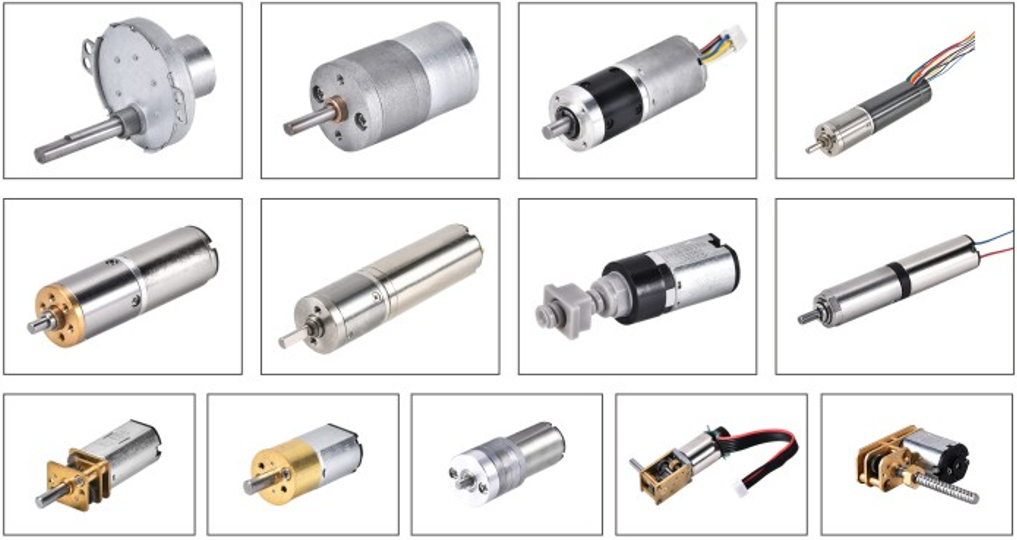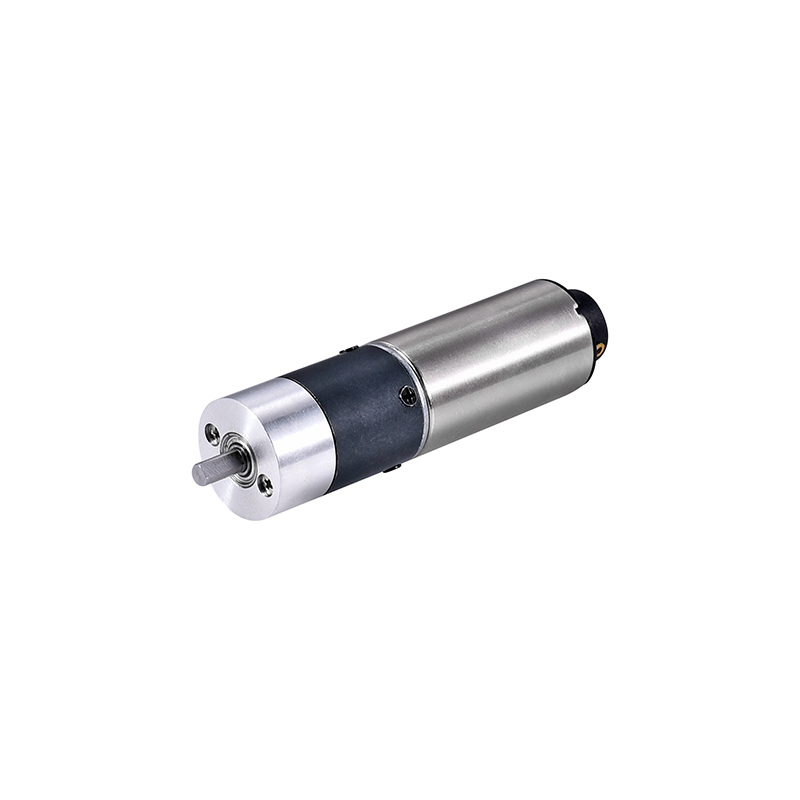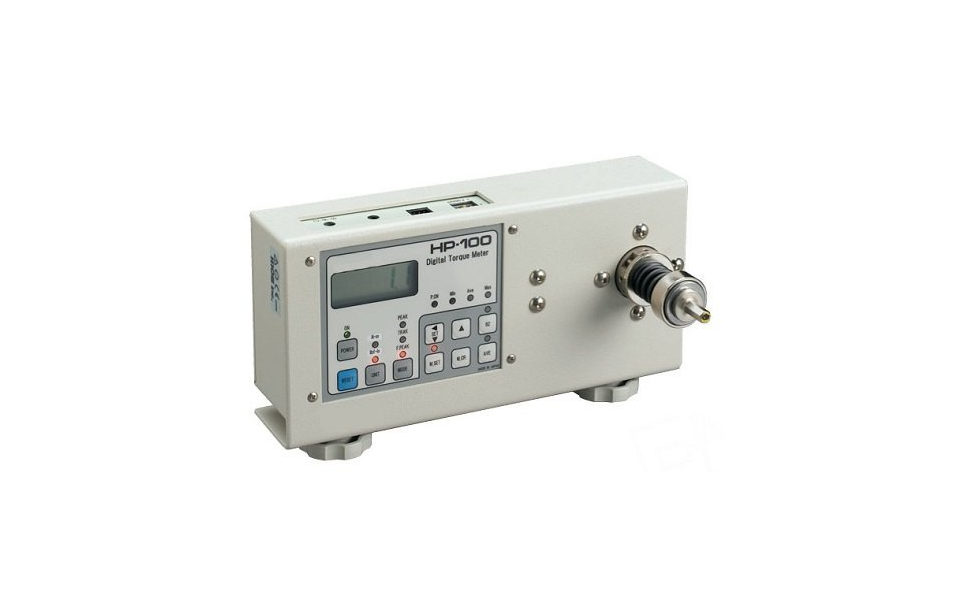You get smoother and more exact robot moves when you focus on gearbox systems and transmission parts. These parts help your robot arm lift heavy things and move with more control. Gearbox systems make torque stronger and slow down speed, so a small robot joint motor can do bigger work. In robotics, special gear ratios and low-backlash designs make robots more accurate. New technology in gearbox design helps your robot arm do hard tasks. Each robot joint gets better torque, so your system works better and is more dependable. Today’s robotics needs these upgrades for the best results.
Principaux enseignements
Pick the right gear ratio. This helps balance torque and speed. Your robot will move smoothly. It will also carry loads well.
Use gearboxes and transmission systems that work well. This saves energy. It gives you better control. Your robot will be lighter. It will also be more reliable.
Lower backlash in robot arm gearboxes. This helps the robot be more exact. It stops shaking or mistakes when moving.
Use smart motion control methods. These help the robot arm move the right way. The robot can also learn to do better next time.
Do regular maintenance like checking lubrication and cleaning. This keeps gearboxes working well. It also helps your robot last longer.
1. Gear Ratio Selection
Torque and Speed Balance
When you build a robot, you want it to move smoothly and do its job well. The gear ratio in your gearbox systems decides how much torque and speed your robot gets. If you pick a high gear ratio, your robot can lift heavy things because the torque increases. This is great for robot arms that need to move slowly but with a lot of force. On the other hand, a low gear ratio lets your robot move faster, but it will not have as much torque. You need to match the gear ratio to your robot’s task. For example, if your robot needs to move quickly with light loads, a low gear ratio works best. If it needs to lift or push heavy objects, a high gear ratio is better.
Conseil : Think of gear ratio like the gears on a bicycle. Low gears help you climb hills (more torque), while high gears help you go fast on flat roads (more speed).
Planetary gear systems are common in industrial robots because they give you high torque and good efficiency in a small space. These gearboxes use several stages to reach the right balance between torque and speed. You can find planetary, helical, and worm gear reducers in many robots. Each type helps with different jobs, but planetary gearboxes are popular for their compact design and strong torque management.
Optimizing Gearbox Systems
You can boost your robot’s performance by choosing the right gearbox and transmission mechanism. High-ratio gearboxes let small motors deliver more torque without using extra power. For example, a gearbox with a ratio of 1:2116 can lower the motor torque needed from 1.11 N·m to just 0.08 N·m. This means your robot gear dc motors work less but still move heavy loads. This saves energy and makes your robot more efficient.
Modern technology gives you access to high efficiency and low-weight reducer designs. Helical and hypoidal gearboxes reach about 90% efficiency, so your robot uses less energy and stays cool. These efficient gearboxes also help you use smaller motors, which makes your robot lighter and safer. Good torque management and the right reducer mean your robot can handle tough jobs without wasting energy. Always check the gearbox system’s efficiency and make sure the transmission matches your robot’s needs. This way, you get smooth, precise moves every time.
2. Transmission Efficiency
Power and Performance
You want your robot to move strong and accurate. Good transmission systems change motor speed to fit the robot’s job. This helps your robot work better and move smoother. High-quality micro transmission systems send power from the motor to the joints well. This means less power is wasted and your robot works better.
Look at how gearbox designs change system efficiency:
Gearbox Topology / Parameter | Latent Power Ratio (L) | Meshing Efficiency (ηm) | Approximate System Efficiency (ηsys) |
|---|---|---|---|
Ideal gearbox (single meshing) | 1 | 99% | ~99% |
Complex gearbox (high L) | 50 | 99% | ~50% (simplified calc.) |
Complex gearbox (high L) | 50 | 99% | 55% to 60% (realistic estimate) |
High-efficiency gearbox | >1 (large L) | >99.5% | >70% |
System efficiency can be as low as 55% or as high as 99%. Picking the right gearbox and micro transmission systems keeps power loss small. This gives your robot better control and faster moves.
Transmission efficiency helps other robot skills too. When you send power well, your robot gets more control and accuracy. This helps your robot finish tasks with better balance and precision.
Variable Transmission
Robots do many different jobs. Sometimes, they need to move fast. Other times, they need more torque. Variable transmission mechanisms (VTMs) let you change the power ratio quickly. This helps your robot’s motor work its best for each job.
Some helpful VTMs are:
Spherical Continuously Variable Transmissions (SCVT) and Continuously Variable Transmissions (CVT) let you change the ratio smoothly. These help the motor stay efficient when jobs change.
Four-bar linkage mechanisms are good for legged robots. You can adjust these to get more torque or speed. This makes your robot handle new jobs better.
Load-sensitive CVTs and passive wheel transmissions change by themselves to match the load. This saves energy because the robot only uses what it needs.
Mechanism Type | Description | Energy Efficiency Impact | Example/Result |
|---|---|---|---|
Continuously Variable Transmission (CVT) | Changes ratio to fit motor torque and speed | Makes motor work up to 90% efficient | Dresscher et al. made robot efficiency go from 20% to 90% with double-hemisphere CVT |
Passive Wheel Transmission | Changes ratio when the load changes | Makes motor work better | Used in small robot joints |
Two-cone CVT | Uses shape to set the best parameters | Makes robot work better and use less energy | Mobedi and Dede’s design |
Load-sensitive CVT | Changes ratio with a special structure | Sends power better | Matsushita et al.’s wire-driven manipulator CVT |
High-power density variable transmission | Lets you change speed and torque ratio all the time | Makes robot more flexible and efficient | Meng et al.’s design |
These technologies help your robot save power and do new jobs. If you pick the right variable transmission, your robot will be more flexible and use less energy.
3. Robot Arm Gearboxes Precision
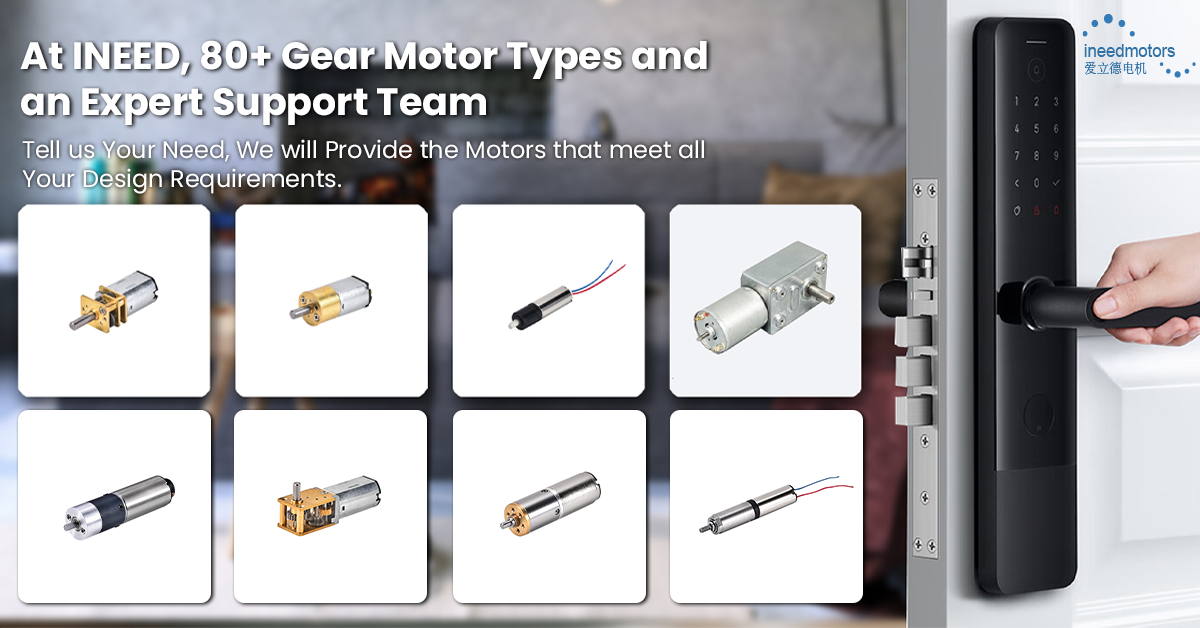
Minimizing Backlash
You want your robot arm to move exactly and not shake. Backlash is a tiny space between gear teeth in robot arm gearboxes. This space lets the robot joint move a bit before the gears touch. That makes the robot lose some motion. Most robot arm gearboxes have backlash from 0.05 to 0.20 mm. High-precision gearboxes can make this gap as small as 0.01 mm or less. If you lower backlash, your robot arm moves smoother and stops right where you want. If you do not fix backlash, your robot arm will shake, jump, and make mistakes. This happens most when it changes direction or stops fast. Over time, the gears wear out and backlash gets worse. You need to check and fix it often.
You can use some smart tricks to lower backlash in robot arm gearboxes:
Use tight sprockets or belts with strong tensioners to keep things tight.
Change hex shafts and hubs to splines to stop extra movement.
Use fewer gear stages in your robot joint to lower total backlash.
Preload the parts so the gears always push one way.
Put encoders close to the robot joint output to measure real movement.
Use chain drives with tensioners for high gear ratios and less backlash.
Add shims or powder coat shafts to fill extra space in hubs and shafts.
These steps help your robot arm gearboxes work better and make every robot joint more exact.
Motion Control
You can make your robot arm even more exact by using smart motion control. Modern robot arm gearboxes work best with advanced control systems. For example, adaptive fuzzy state feedback control and sliding mode control help robot joint motors move with fewer mistakes. Learning-based methods, like deep learning and reinforcement learning, let your robot arm learn from data and get better over time. The MC-DCBLS system uses motion limits to cut position tracking mistakes by over 61%. This means your robot arm can follow paths with almost no errors.
Other helpful ways include:
Cyclic motion control for smooth, repeated moves.
Dual-arm coordination for jobs that need two robot arms.
Force and torque control for safe, gentle moves.
Careful path planning for each robot joint.
When you use these methods with precision reducers and good engineering, your robot arm gearboxes will give you the best precision and smooth moves.
4. Maintenance for Performance
Lubrication and Upkeep
You can help your robot arm gearboxes work well by taking care of them often. Many problems in gearbox systems happen because people forget simple maintenance. The table below shows what can go wrong and how it hurts your robot:
Common Maintenance Failures | Description and Impact |
|---|---|
Mechanical wear and tear | Gears, bearings, and shafts get damaged after long use |
Lubrication issues | Not enough or wrong lubricant makes gears hot and damaged |
Contamination | Water or dirt makes lubricant weak and causes rust |
Improper alignment | Parts that are not lined up wear out and break faster |
Overhung loads | Too much weight on shafts can bend or break them |
Excess load | Too much torque can break gearbox parts |
Check your robot arm gearboxes often to keep them working. Most brands, like Fanuc and Motoman, say to change grease every 3,000 to 5,000 hours. ABB et KUKA say to do it every 5,000 to 10,000 hours. Always follow the maker’s schedule and use the right lubricant. Good gear oils and lithium greases with special additives protect your reducer and make it last longer. Watch for grease that changes color or smells bad, as this can mean trouble.
Conseil : Use sensors for heat and shaking to find problems early. Write down all maintenance in a log to see patterns and stop future problems.
Consistent Precision
You want your robot to move the same way every time. Good care helps you keep that accuracy. Here are steps you can follow:
Look for dirt, leaks, or loose parts every few months.
Clean gearboxes with safe cleaners.
Change old or dirty lubricant right away.
Only use the oil or grease your robot arm gearboxes need.
Check for too much heat or weird shaking.
Write down all checks and repairs in a log.
Companies that use condition-based maintenance get up to 40% longer life and better reliability. Robots with regular care keep 85% of their original performance after 15 years. This means your robot arm gearboxes will last longer and work better, so you get smooth moves and fewer problems.
You can make your robot work better with these four gearbox tricks. Lots of robots in factories use special gearboxes for more accuracy and to last longer. For example, service robots and delivery robots use special gear systems. These help them save energy and move smoothly.
Use these tips and watch your robot move better.
Tell us what happens or ask questions below!
If you want to learn more, look at REV Robotics and igus® for guides and videos about advanced gearbox systems.
FAQ
What is the main job of a gearbox in a robot?
A gearbox helps your robot motor give more power or speed to the robot’s joints. You use it to make your robot lift heavy things or move faster, depending on the gear ratio you choose.
How often should you check and maintain your robot gearbox?
You should check your robot gearbox every few months. Most makers suggest changing grease every 3,000 to 10,000 hours. Always follow the schedule in your robot’s manual for the best results.
Why does backlash matter in robot arms?
Backlash makes your robot arm less accurate. If you lower backlash, your robot arm moves smoother and stops where you want. You get better control and fewer mistakes.
Can you use any lubricant for your robot gearbox?
Conseil : Always use the lubricant your robot’s maker recommends. The wrong oil or grease can damage gears and lower performance. Check the manual before adding anything new.
What is a variable transmission, and why is it useful?
A variable transmission lets your robot change speed or torque for different jobs. You get more flexibility and save energy. Your robot can handle many tasks without changing the motor.
